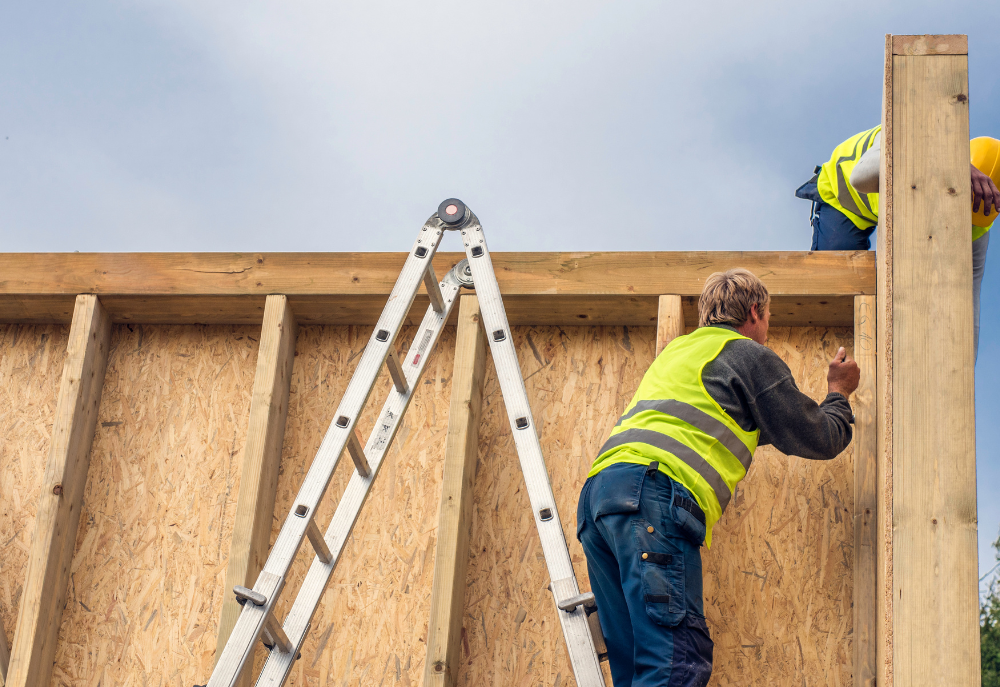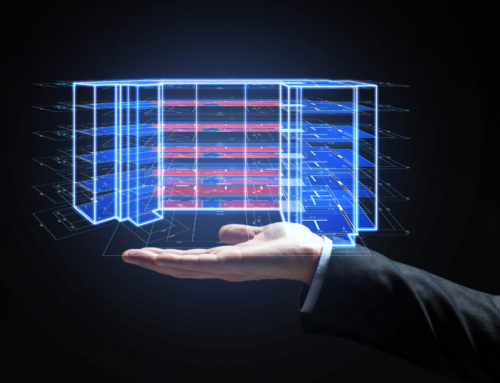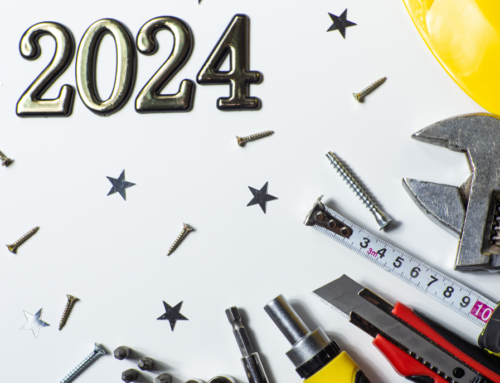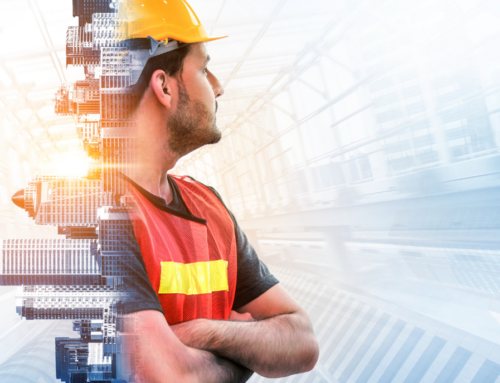The construction industry is undergoing a transformation, with prefabricated construction methods gaining popularity and recognition. Prefabrication, often referred to as “prefab,” involves assembling building components off-site in a controlled environment and then transporting them to the construction site for final installation. This innovative approach offers a multitude of advantages, including accelerated project timelines, enhanced efficiency, and improved construction quality. In this blog post, we will explore the benefits of prefabricated construction and its impact on the industry.
- Speedy Construction
One of the primary advantages of prefabrication is its ability to significantly speed up construction projects. Prefabricated components, also known as “prefab units,” can be manufactured concurrently while on-site work, such as site preparation, foundations, and utilities, is in progress. This parallel work streamlining leads to faster project completion.
Prefabricated elements are engineered and produced under optimal conditions, minimizing the impact of weather-related delays and unforeseen site conditions. These controlled environments also allow for efficient and precise assembly, reducing downtime.
- Enhanced Efficiency and Precision
Prefabrication relies on meticulous planning and precision. Since the components are fabricated off-site, every detail is thoroughly thought out and executed, from the materials used to the assembly process. This precision reduces waste, errors, and rework that can often be associated with traditional on-site construction.
Quality control is a paramount aspect of prefab construction. Skilled workers and advanced machinery ensure that each component meets the highest standards. Consistency in quality across prefab units translates to a final product that is structurally sound, aesthetically pleasing, and built to last.
- Cost Savings
The increased efficiency and reduced labor requirements in prefabricated construction can result in cost savings. With less labor time spent on-site, costs for on-site labor, supervision, and temporary facilities are lowered. Additionally, the controlled environment and factory production reduce the risk of material theft or damage, further cutting expenses.
Prefabrication also minimizes waste generation due to accurate measurements and minimized errors. The sustainable and eco-friendly nature of prefab construction aligns with modern environmental standards.
- Improved Safety
Construction sites can be hazardous places, but with prefabrication, a significant portion of the work is shifted from the construction site to the controlled factory setting. This reduction in on-site labor and work duration reduces the potential for accidents and injuries. Workers involved in prefab construction typically face fewer risks, enhancing overall project safety.
- Design Flexibility
Prefab construction is not limited to a specific architectural style or type of building. It offers substantial design flexibility, allowing for a wide range of building styles, from residential homes to commercial structures. The ability to customize components to meet specific project needs is a notable advantage of prefab construction.
Prefabricated construction methods are revolutionizing the industry, offering advantages that include speed, efficiency, and quality. As the demand for sustainable, cost-effective, and timely construction solutions continues to grow, prefabrication has positioned itself as a viable, and often superior, alternative to traditional on-site construction methods. This innovative approach has the potential to shape the future of construction, offering benefits that meet the expectations of both construction professionals and clients.








Leave A Comment